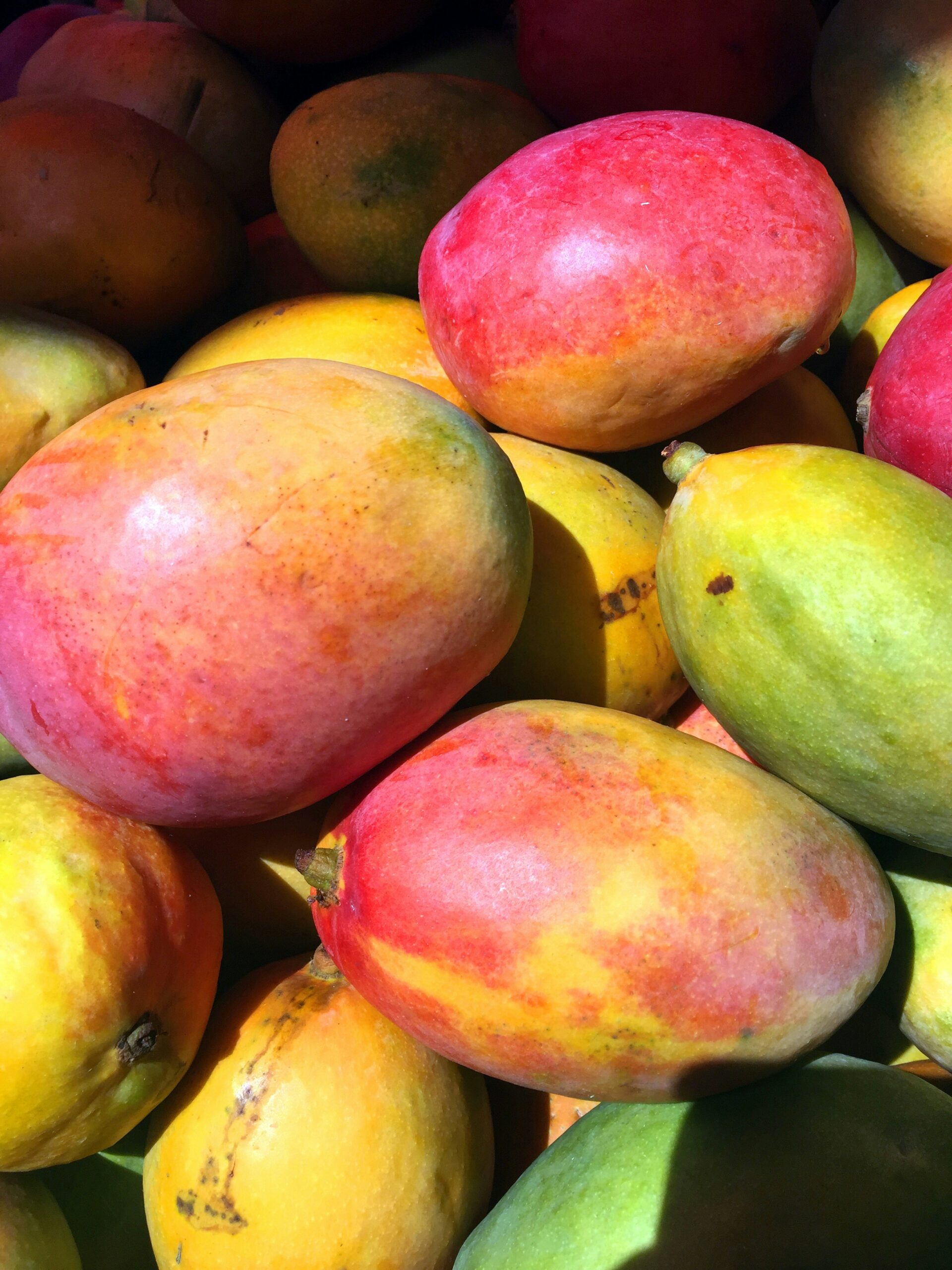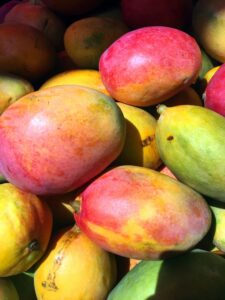Staying ahead of tariff code updates: Why accurate classification is key
Topics

Updated October 2025
Recent updates to food and drink-related tariff codes highlight the importance of having a robust approach to classification which means your tariff codes stay accurate, compliant and audit-ready at all times.
Why is this important? Well, without accurate tariff codes for all products, you run the risk of non-compliance fines, overpaying duty and shipment delays. It’s always better to be prepared for updates than face the consequences. Just take the example of Morisons Supermarket who HMRC recently successfully challenged over the declared origin of imported aluminium foil resulting in a £4.7 million liability in unpaid duties and VAT. The implications of this are far-reaching and send a clear signal that the pressure on tariff code accuracy and origin declarations is only going to increase.
One of the most effective ways to stay up-to-date with changes to tariff codes issued by the World Customs Organisation (WCO), which manages the Harmonised System (HS), is by using an automated customs classification system. The HS sets the standardised first 6 digits of tariff codes used worldwide, while the EU and UK extend these codes to 8 to 10 digits to capture additional regional details, duties and regulations. Both the EU and UK may also implement further changes to their tariff codes at national or regional levels based on their own trade policies and regulatory priorities, making it essential to have an automated customs classification system that can adapt quickly to these updates.
Our TariffTel platform notifies you immediately of updates in real-time and ensure your codes remain accurate and compliant at all times, as well as audit-ready. In parallel, keeping an eye on industry news and regulatory announcements adds another layer of preparedness.
Classification is central to trade compliance
Tariff classification plays a vital role in international trade, affecting everything from customs clearance and duty payments to record-keeping and supply chain continuity. In recent months, several updates have been introduced that directly impact food and drink businesses from pea-based proteins to guavas and pumpkins and gourds, just in time for Autumn and Halloween.
While major updates occur every five years (the next due in January 2028), interim updates can happen regularly to reflect evolving product categories and trade priorities. This affected the humble tomato at the start of 2025 and now further food products have been affected in this latest round of updates.
In the past 3–6 months, key updates include the following foods:
Bottle gourds assigned their own code
As of 12 August 2025, bottle gourd (Lagenaria siceraria) now falls under a new, dedicated code: 0709939010. The previous catch-all “Other gourds” code (0709939000) has now been replaced by this new one and is invalid.
 Mangoes now individually classified
Mangoes now individually classified
Also effective 12 August 2025, mangoes (Mangifera indica) have been assigned a new standalone code: 0804500040. Other fruits in the same heading such as guavas and mangosteens remain unchanged.
More specific codes for pea-based protein products
On 29 August 2025, new classifications were introduced for pea protein concentrates with ≥65% protein content. Five new codes were added, and existing ones redefined, based on both protein levels and product form. This level of granularity means product composition and supporting documentation must be carefully reviewed.
Temporary duty relief for certain conserves
While not a classification change, the duty rate for 2007999300 (conserves containing tropical fruit or nuts) has been temporarily reduced to 0% under several preference schemes, effective 11 September 2025. Eligibility and correct documentation are key to accessing this benefit.
Ensuring long-term compliance
These changes all reflect a broader trend toward more detailed, frequent revisions in tariff codes which means that businesses will need a more dynamic and real-time process to track future updates. This is especially true for food and drink businesses where products can be complex and all details from ingredient lists to cooking processes and fat content need to be consider to determine an accurate code.
Relying on tools – like spreadsheets or news updates – can increase the risk of misclassification, delays and avoidable costs. But with a structured classification process supported by an automated system with proactive monitoring, businesses can remain compliant and responsive to regulatory changes.
If you’re interested in a system that automates real-time tariff code updates, or simply want to find out more about customs classification and why it’s important, watch Elizabeth’s Davies webinar with the FDF on why technology is crucial for food and drink classification
Other Useful Resources
Budget analysis: The UK’s low‑value import reform
Yesterday’s UK Autumn Budget 2025 proposed a major change in the UK’s treatment of low‑value imports (LVIs), a shi...
CBAM: What you need to know for 2026
The EU’s Carbon Border Adjustment Mechanism (CBAM) is entering a decisive stage. From 1st January 2026, importers of c...
TariffTel named FDEA Export Awards finalist
We're thrilled to share that TariffTel has been shortlisted as Export Service Provider of the Year at the FDEA Export Aw...



